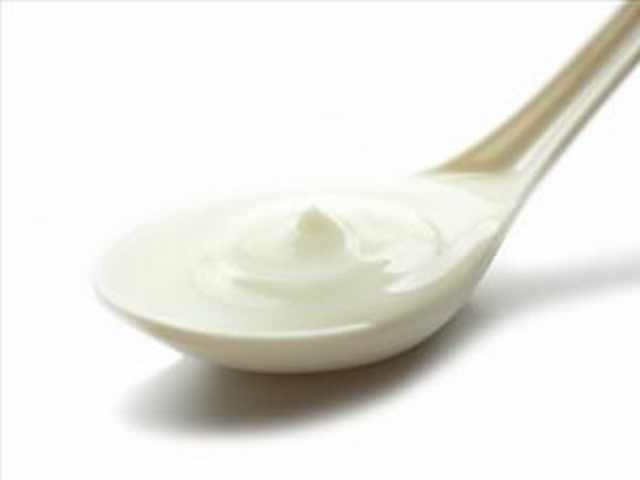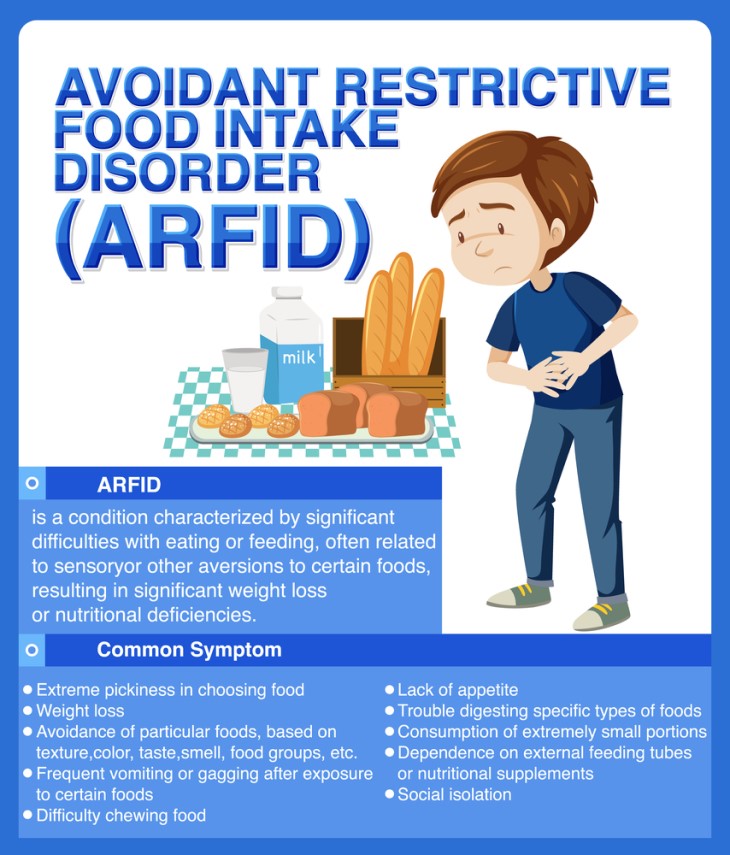It's true
that ultra-processed foods could spell disaster for your health in the long
run. Processing usually changes a food’s natural state and robs it off its essential
nutrients.
Many ingredients
are added to them on the process be it sugar, salt, fat and artificial colours
or preservatives.
Moreover,
additives like artificial colours, flavours or stabilizers are added to them
frozen meals, soft drinks, hot dogs and cold cuts, fast food, packaged cookies,
cakes and salty snacks are examples of ultra-processed foods.
Here are 10
health risks of ultra-processed foods.
Heart
disease
Gorging on
your favourite ultra-processed food may look harmless at the moment, but in
long run, it could have a significant impact on your heart health. A study
published in a journal found that eating more uktra-processed foods is linked
to higher risks of cardiovascular disease (CVD) and coronary heart disease in US adults. Studies from different countries also suggest a slight increase in stroke risk.
Type 2
diabetes
Ultra-processed
foods have high amounts of hidden sugar, unhealthy fats and refined
carbohydrates, all of which make for a deadly combination in contributing to
the development of insulin resistance and metabolic syndrome. People who add less fiber, vitamins, minerals
and unprocessed foods to their diet are likely to increase their chances of type
2 diabetes.
Mental health
disorders
Eating junk
food regularly can wreak havoc on your mental health. A study found that higher
intake of UPFs was associated with a 53 % increase in odds of common mental
disorder symptoms, including depression and anxiety.
Cancer
Processed food
consumption could do greater damage to your body than you ever imagined. According
to experts, increased intake of processed foods can raise your risk of overall
cancer, head and neck cancers, oesophageal squamous cell carcinoma, colon
cancer, rectal cancer, hepatocellular carcinoma and postmenopausal breast
cancer.
Obesity
Eating junk
food can make you put on unhealthy amount of weight. Ultra-processed products
are energy-dense and high in saturated and trans fat, added sugar and sodium,
which can lead to obesity and its associated health issues.
Junk food
addiction
Ultra-processed
foods are highly addictive and there is a reason why it provides comfort upon
eating. Eating these foods activate reward centers of the brain in ways similar
to something like nicotine or alcohol. People commonly experience strong
cravings for these ultra-processed foods, and this can turn into addiction.
Digestive issues
Junk foods
are low in fiber and essential nutrients and high in unhealthy fats, sugar and
additives. This can affect digestion and cause a variety of gut health
problems/
Nutrient deficiency
Ultra-processed
foods are low in vitamins, minerals and antioxidants, the nutrients that
nourish the body and perform many important functions. When you are
overindulging in these foods, you may develop nutritional deficiencies.
High cholesterol
Junk food
or ultra-processed food is prepared using hydrogenated oils, which are high in
trans fats. They can raise LDL cholesterol levels.
Mortality
A review in 2024 found that eating more ultra-processed foods is linked to a
higher risk of dying from any cause and is linked to 32 health conditions,
including heart disease, mental health disorders, type 2 diabetes and other
problems.
This is only for your information, kindly take the advice of your doctor for medicines, exercises and so on.
https://gscrochetdesigns.blogspot.com. one can see my crochet creations
https://gseasyrecipes.blogspot.com. feel free to view for easy, simple and healthy recipes
https://kneereplacement-stickclub.blogspot.com. for info on knee replacement
https://cancersupportindia.blogspot.com for infor on cancer and health related topics
https://GSiyers
home remedies.blogspot.com is the latest addition to my blogs. I'm
going to add posts there, do give me your valuable feed back on my
blogs. Thanks a lot, take care, be healthy and be happy.
It's true that ultra-processed foods could s ..
It's true that ultra-processed foods could ..
It's true that ultra-processed foods could ..
Labels: cancer, digestive issues, health risk of ultra-processed foods- heart disease, high cholesterol, junk food addiction, mental health disorders, mortality, nutrient deficiency, obesity, type 2 diabetes









